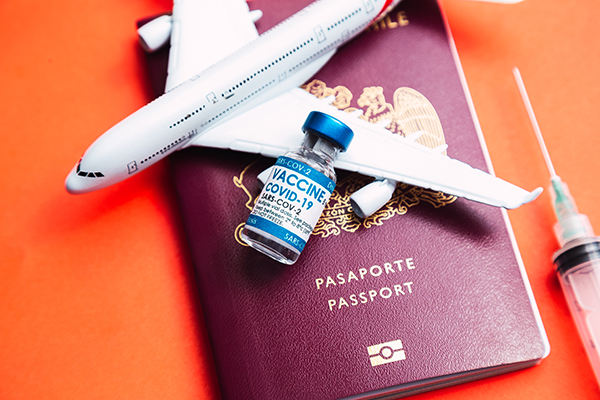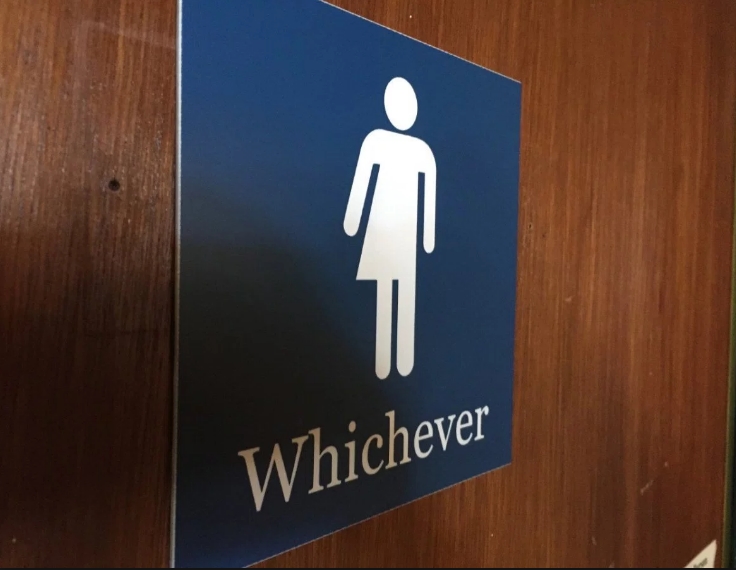
In December, lawmakers in Taiwan passed an amendment to the School Health Act that effectively prohibits both raw GM ingredients and processed foods that contain GMOs. It will apply to the food stands and cafeterias in every type of school throughout the country, from elementary schools all the way up through high school. (RELATED: Read more news about GMOs at GMO.news)
The ban on GMOs will begin as early as next semester, and it will cost just 15 cents (USD) per meal more than the current offerings – a small price to pay for the health of a child.
In the Taiwanese diet, soy is a major ingredient, and it is widely featured in school lunches there. In fact, Agri-View reports that the country consumes in excess of 8 million bushels of soybeans, 7.2 million of which are GMO soybeans coming from the United States.
The Taiwanese Democratic Progressive Party advocated for the bill’s passage. The group’s Lin Shu-fen pointed out that due to their toxic pesticide residue, these crops are unsuitable for feeding young children because it will negatively impact their psychological and physical health.
The country’s minister of education, Wu Se-hwa, takes this sentiment one step further, encouraging schools to place an emphasis on using produce and ingredients that are grown locally.
Taiwan takes a dim view of GMOs
Taiwan has long been proactive in protecting its population from the dangers of GMOs. Two years ago, they passed the Food Act Amendments that control the sale of bioengineered food products. This requires that all foods with more than 3 percent GMOs bear a label warning of their GMO content. Meanwhile, foods without GMOs can don a GMO-free label. Those that have already begun promoting their GMO-free status have noted skyrocketing sales. Non-GMO soybean imports in the country grew by 300 percent in 2015 alone.
In addition, GMO ingredients must be registered with the Taiwanese government, and food companies that use such foods must set up a tracking system to trace their origins. Strict fines were put in place for violating the food safety provisions; the fine is roughly equal to $1.5 million, making it a true deterrent rather than mere lip service.
U.S. legal limits much more relaxed than other developed nations
In the U.S., the maximum level of glyphosate residue that is legally allowed is 30 ppm. This is 300 times higher than Taiwan’s limit. In fact, it’s higher than many developed countries. Japan and the EU have set a limit of 20 ppm, Canada’s limit is 15 ppm and Australia only allows 0.1 ppm. Why is our nation willing to look the other way as these companies continue to poison our population? The industry’s influence on regulatory agencies is a huge factor in this lax approach. Unfortunately, the FDA is also unwilling to take action against artificial additives and heavy metals. Many of the preservatives permitted in our food have been banned by the EU. Our children and our entire nation deserve better than this.
When will the U.S. get on board and join other nations in cracking down on GMOs? Our track record until now is pretty shameful. Monsanto’s influence on the government is far-reaching, and hardly any politicians have been willing to go on the record and state that GMOs are putting people’s health in danger.
When Donald Trump takes office we could be closer than ever to making real progress on this front as he is unlikely to be bought off by Monsanto. He has already announced plans to take on Big Pharma and take aim at vaccines, and one can only hope that GMOs are also on his to-do list.
Until then, parents must continue to be vigilant when it comes to the sources and contents of the lunches that schools are serving their children. For many, this means packing their own lunches, which is the best way to ensure kids are eating food that is not only GMO-free but also healthy and nutritious.
Learn more about toxic food ingredients at Ingredients.news.
Sources include:
Please contact us for more information.























